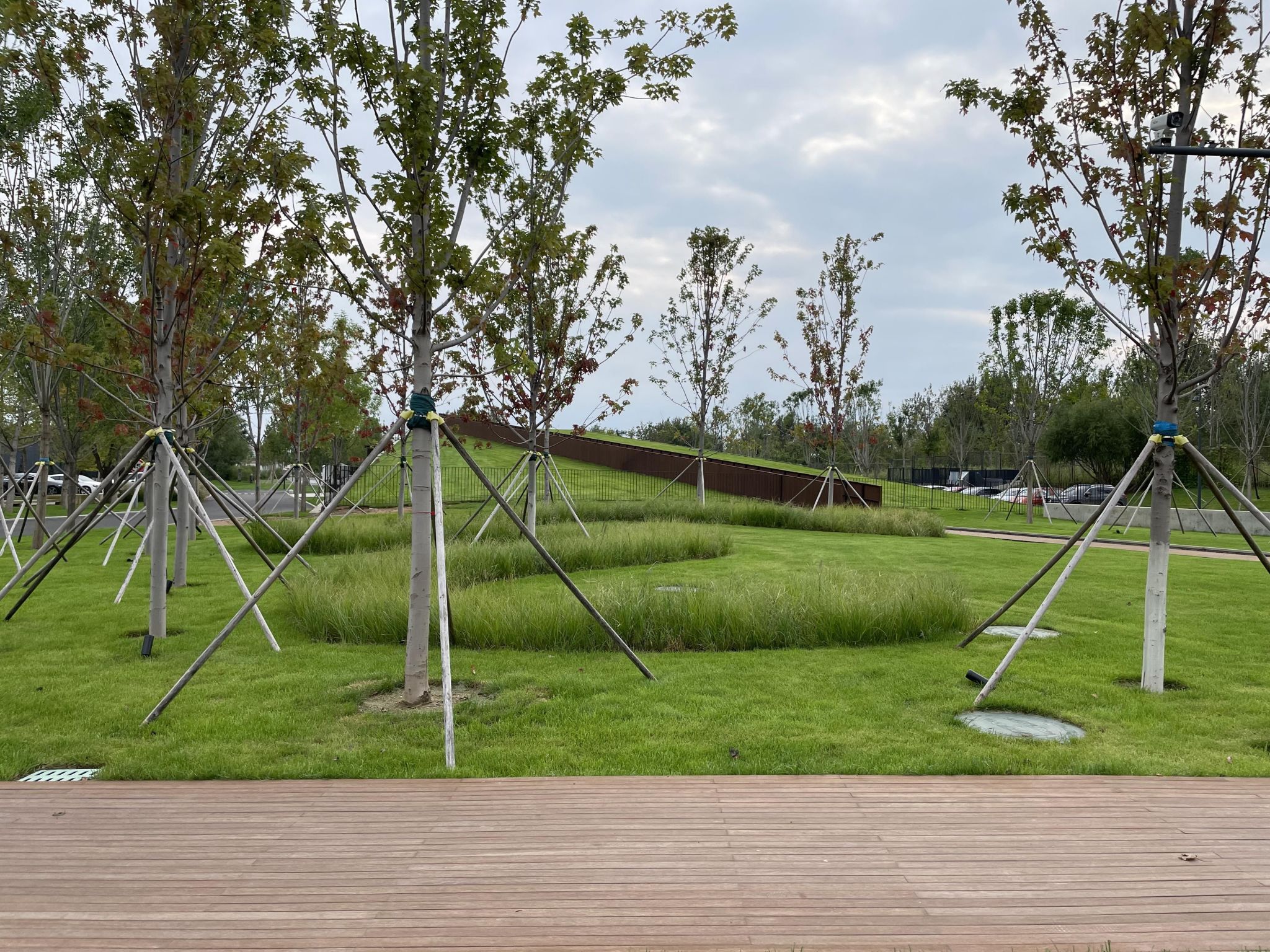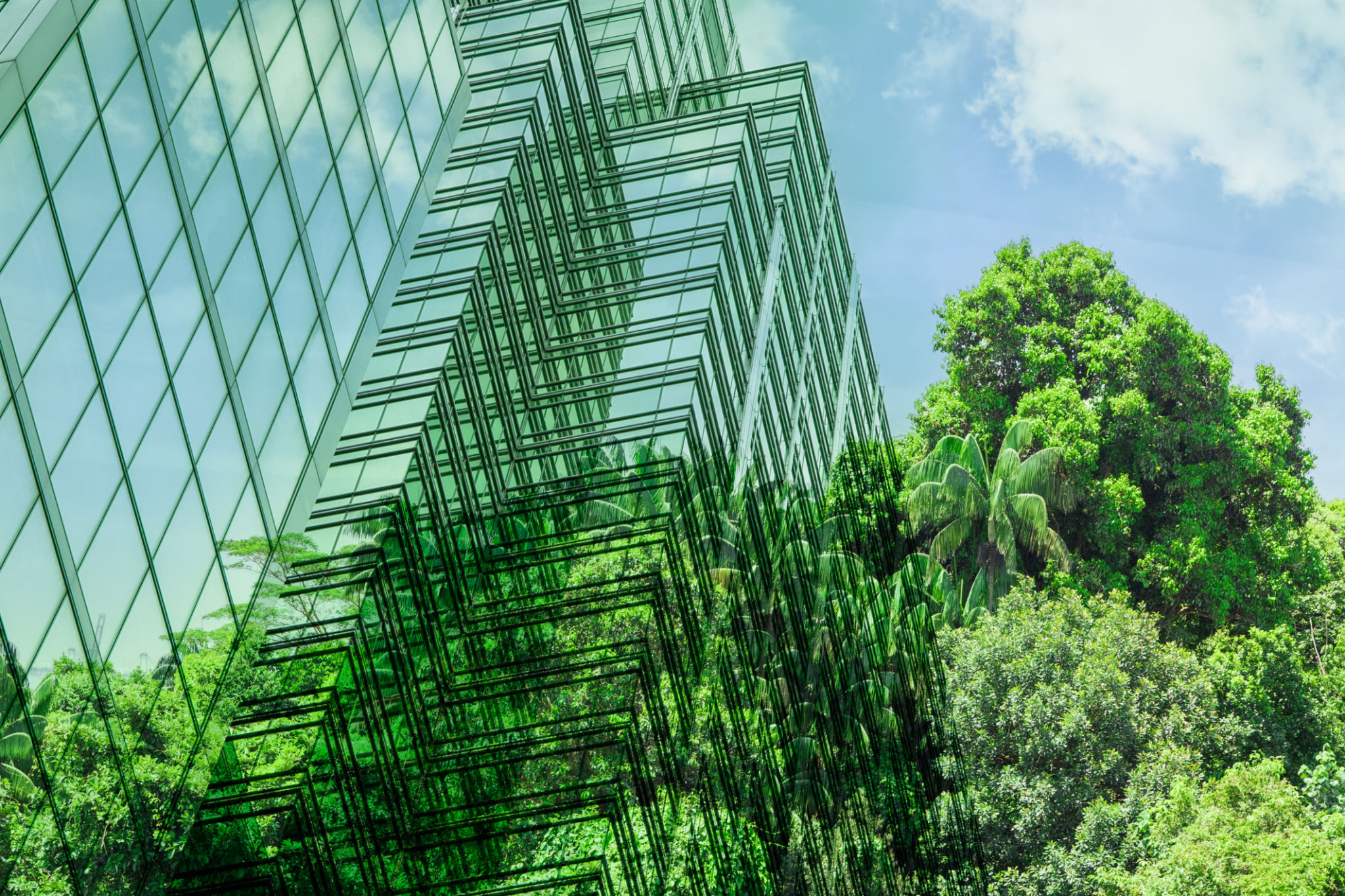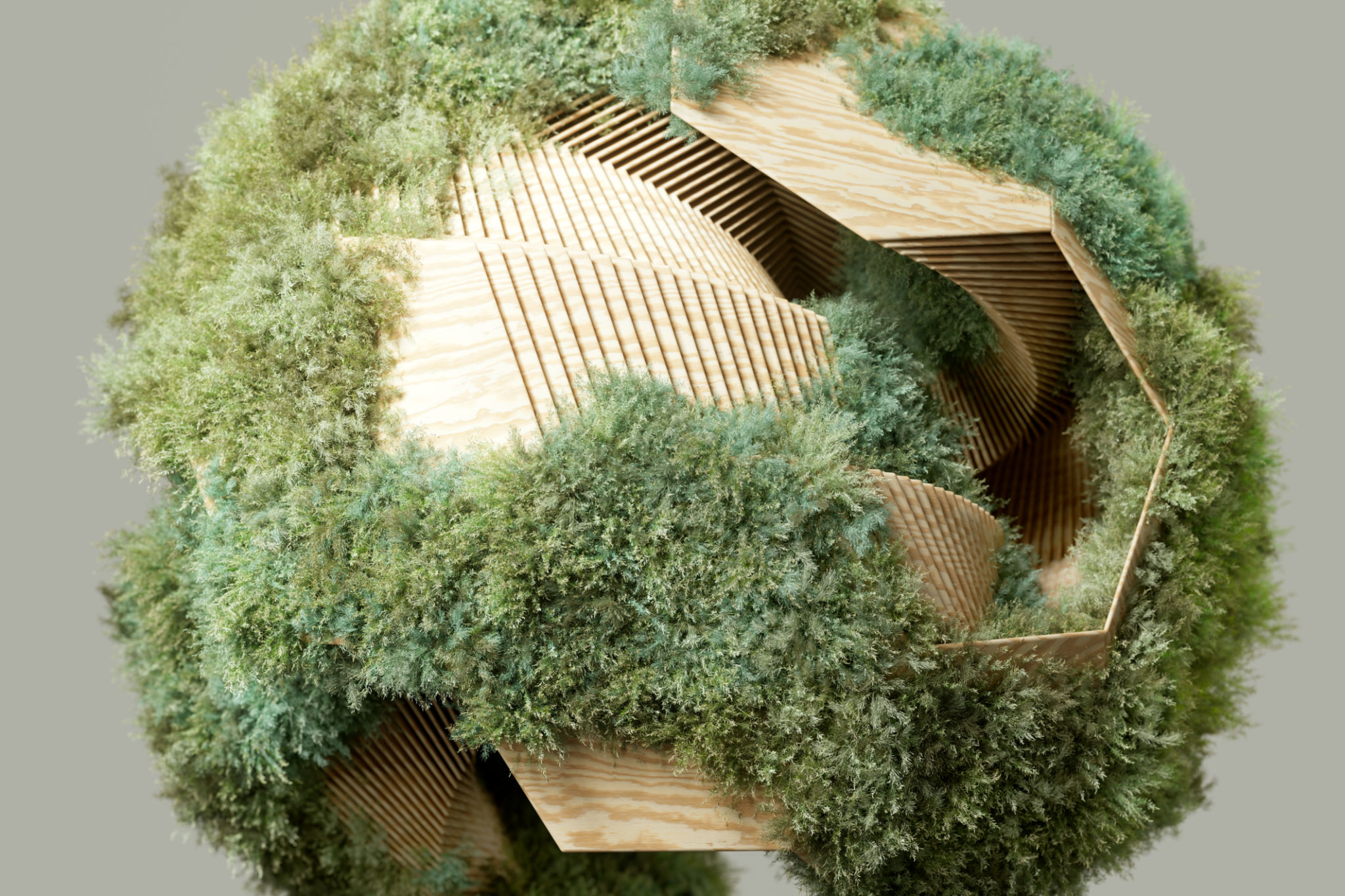Exploring the Current Demand for Green Sculptures and Their Impact
The Rise of Green Sculptures
In recent years, there has been a notable rise in the demand for green sculptures, as more people and organizations seek sustainable and eco-friendly art. These sculptures, often made from natural materials or designed to enhance green spaces, are transforming urban landscapes and public spaces. Their growing popularity is a testament to society's increasing awareness of environmental issues and a desire to integrate nature into everyday life.
Green sculptures come in various forms, ranging from intricate topiaries and living walls to large-scale installations made from recycled materials. They not only serve as artistic expressions but also promote biodiversity and environmental consciousness. As cities continue to expand, the integration of these sculptures becomes essential in maintaining a balance between urban development and nature.

Factors Driving Demand
Several factors contribute to the burgeoning interest in green sculptures. Firstly, the global push towards sustainability has led individuals and businesses to seek environmentally friendly alternatives in all aspects, including art and design. Green sculptures offer a unique blend of aesthetics and functionality, making them an attractive choice for those committed to reducing their ecological footprint.
Secondly, the mental and physical health benefits associated with green spaces have prompted urban planners and architects to incorporate more nature-inspired elements into their designs. Studies show that exposure to greenery can reduce stress, improve mood, and enhance overall well-being. Green sculptures play a crucial role in this context by bringing natural elements into urban environments where traditional green spaces might be limited.
The Impact on Urban Landscapes
Green sculptures have a transformative impact on urban landscapes, serving both decorative and functional purposes. They help soften the harsh lines of concrete structures, adding texture and color to otherwise monotonous cityscapes. Moreover, these installations can act as natural air purifiers, reducing pollution and improving air quality in densely populated areas.

Beyond their environmental benefits, green sculptures also foster community engagement and cultural expression. Public art installations often become focal points for social interaction, encouraging people to come together and share experiences. These sculptures can also reflect local heritage and values, creating a sense of identity and pride among residents.
Challenges and Considerations
Despite their many advantages, there are challenges associated with the implementation of green sculptures. Maintenance is a critical concern, as living installations require regular care to thrive. This includes watering, pruning, and pest control, which can be resource-intensive. However, advances in technology, such as self-sustaining irrigation systems, are helping mitigate these issues.
Additionally, the cost of creating and maintaining green sculptures can be a barrier for some communities. While the initial investment might be higher compared to traditional art forms, the long-term benefits often outweigh these costs. Grants and public-private partnerships can play a significant role in making these projects feasible for wider audiences.

The Future of Green Art
The future of green sculptures looks promising as more artists and designers explore innovative ways to integrate nature into their work. With the rise of smart cities and sustainable architecture, these sculptures are likely to become an integral part of urban planning strategies worldwide. Educational programs and workshops focused on green art can further inspire the next generation of eco-conscious creators.
Ultimately, green sculptures represent a harmonious blend of art, nature, and sustainability. As society continues to grapple with environmental challenges, these installations offer a hopeful vision for the future—one where art not only enriches our lives but also contributes positively to the planet.